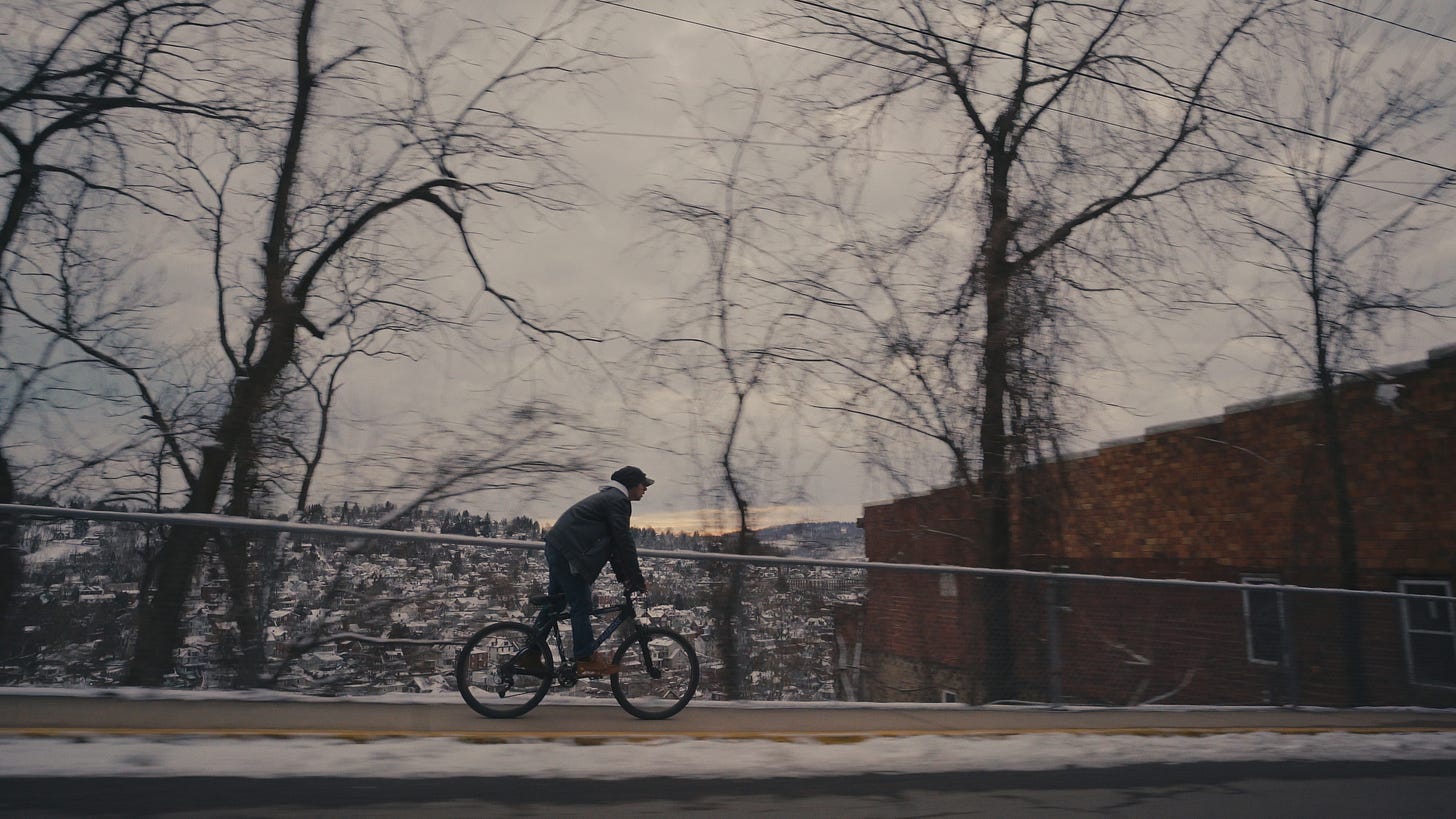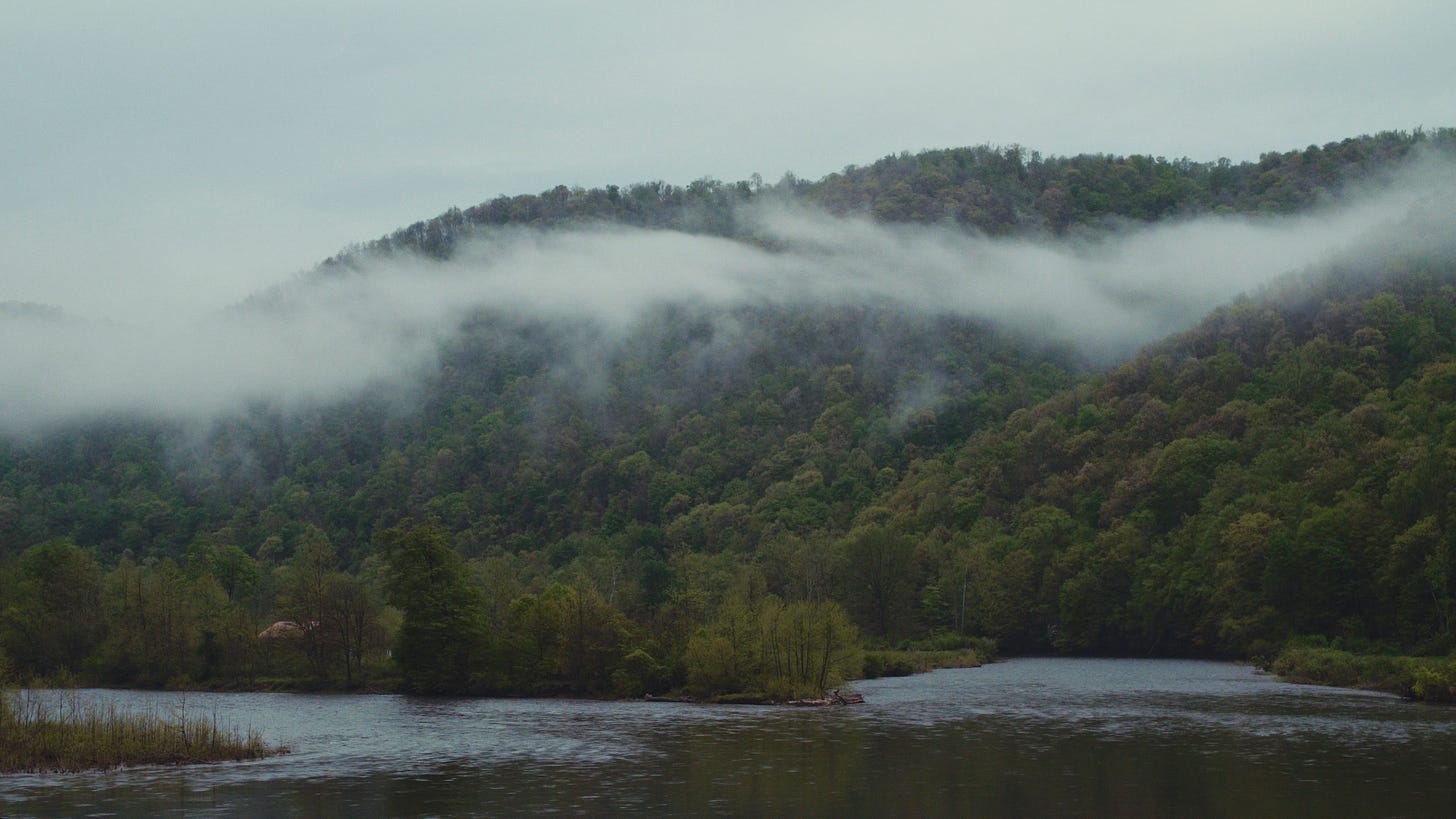Why I Hate the Term B-Roll
and the hierarchy it implies

When I was teaching in the school of art, I’d often get students crossing over from the journalism program. They’d come in with two things: an interview, and what they called “B-roll.”
That’s how they framed their work:
Short film = interview (quotes) + b-roll (filler)
I would try to break them of this formula. Because once you’ve learned that storytelling is just a series of talking heads cut with relevant visuals, it’s hard to see your film as anything else. It becomes law.
In this model, everything has to explain something. The shot of the coal mine has to come after the line about coal. It all has to be referential and literal. A film of closed-loops.
And honestly? That makes for boring films.
These films rarely consider mood. They don’t ask what it feels like to be in the room. There’s no patience. No curiosity. Just illustration. The kind of storytelling that points, instead of wanders.
And worse than boring, this approach teaches students—and filmmakers more broadly—that images are only useful when they support a thesis. That a shot only matters if it’s reinforcing what someone already said aloud.
But documentary is not just a delivery system for facts. It’s not just a visual aid for a predetermined idea. It’s cinema. It’s time and light and texture. It’s movement and stillness and rhythm. And sometimes, it’s everything you don’t say that makes a scene work.
Let’s talk about the term itself.
B-roll—the supplemental footage.
The stuff you use to paper over an edit. The non-essential. The name comes from early Hollywood, when you had your A-roll (the main action) and your B-roll (the cutaways that helped with continuity). And somehow, that language stuck. As if we’re still editing on tape decks.
But in the kind of work I make—and the kind of work I love—there is no background. There is only world. And every shot should be treated with the same level of intention and care as your “main” content.
There’s no such thing as filler. Everything should be A-roll.
Because what we often call “B-roll” is doing some of the heaviest lifting in nonfiction film. It’s setting tone. It’s suggesting metaphor. It’s inviting the audience to feel something they haven’t yet articulated.
A train disappearing into fog. A child brushing her teeth in silence. A plastic bag stuck in a chain-link fence. These images don’t explain. They evoke. And that’s the work.
I don’t want every shot to tell me something I already know. I want it to show me something I didn’t know I needed to feel.
Be bold enough to hold your shots.
We hold this shot (above) in Recovery Boys longer than most people would.
It’s Adam, alone, eating cereal in front of a small fire. The room is unfinished. The moment is quiet—unremarkable, maybe, to some. You could call it “coverage,” a visual beat in a morning routine montage. And yes, it does function that way in the edit.
But it’s also more than that.
It’s a moment that holds stillness—not just as a pacing choice, but as an emotional truth. Loneliness. Reinvention. The slowness of recovery. The quiet, daily grind of becoming someone new. All of that lives in this one image.
The decision to hold it wasn’t just mine. It was built in collaboration—with Curren Sheldon (cinematographer), who had to be a patient observer. With Penny Falk (editor), who had to believe in the power of a single image to carry meaning without dialogue.
This kind of moment doesn’t announce itself. It has no climax. But it sits with you.
I’d often push students:
What would happen if you let the shot breathe for one more second?
What happens if the audience sits with it long enough to wonder—not just recognize?
Sometimes they’d push back:
“But I was taught to always keep it moving. People will get bored.”
Sure. But pacing isn’t the same as rushing. And momentum doesn’t require noise.
Stillness has its own kind of propulsion. A held breath can be just as powerful as a loud exhale.
In my own work, the shots that stay with people aren’t the ones where someone says the line just right. It’s the look before the line. The pause that lands heavier than the words.
So no, I don’t ascribe to B-roll as a category with a hierarchy.
I believe in images that speak independent to words. That do their own kind of storytelling—quietly, atmospherically, patiently.
Call it visual poetry. Call it world-building. Call it A-roll, all of it.
Just don’t call your B-roll - filler.






I concur with all of this. It’s all storytelling. All of it.
B-roll suggests a shot list to be ticked off.
“What is the conversation this place or time is holding” “how do we show that”
Things I think about a lot
I always refer back to what happens from 6:36-8:50 in "Tutwiler," the—allusion? prelusion? foreshadowing?—with the specific mama who holds that plastic baby, closes her eyes, stares at it, and then tells you that her real baby son is a week old and with DHS.
As the viewer, you have to be paying attention for the "reveal"—which is a term I hate, perhaps more accurate as the revelation.
Some rockstars get far on notes that are repeated, and some writers throw away sentences and paragraphs for pacing. But I love when you just know every single moment was methodically pored over and is there because the artist wanted it there for you.